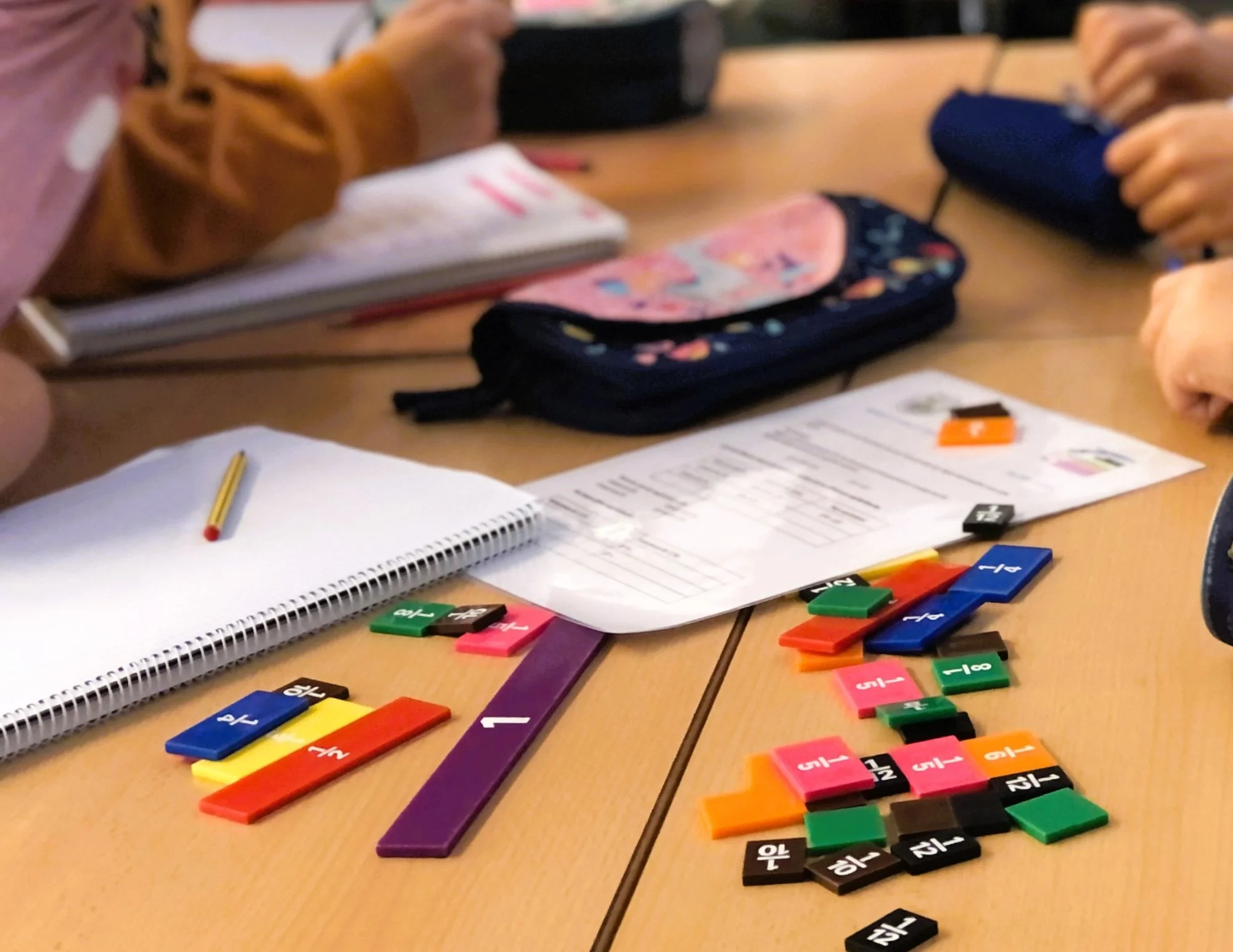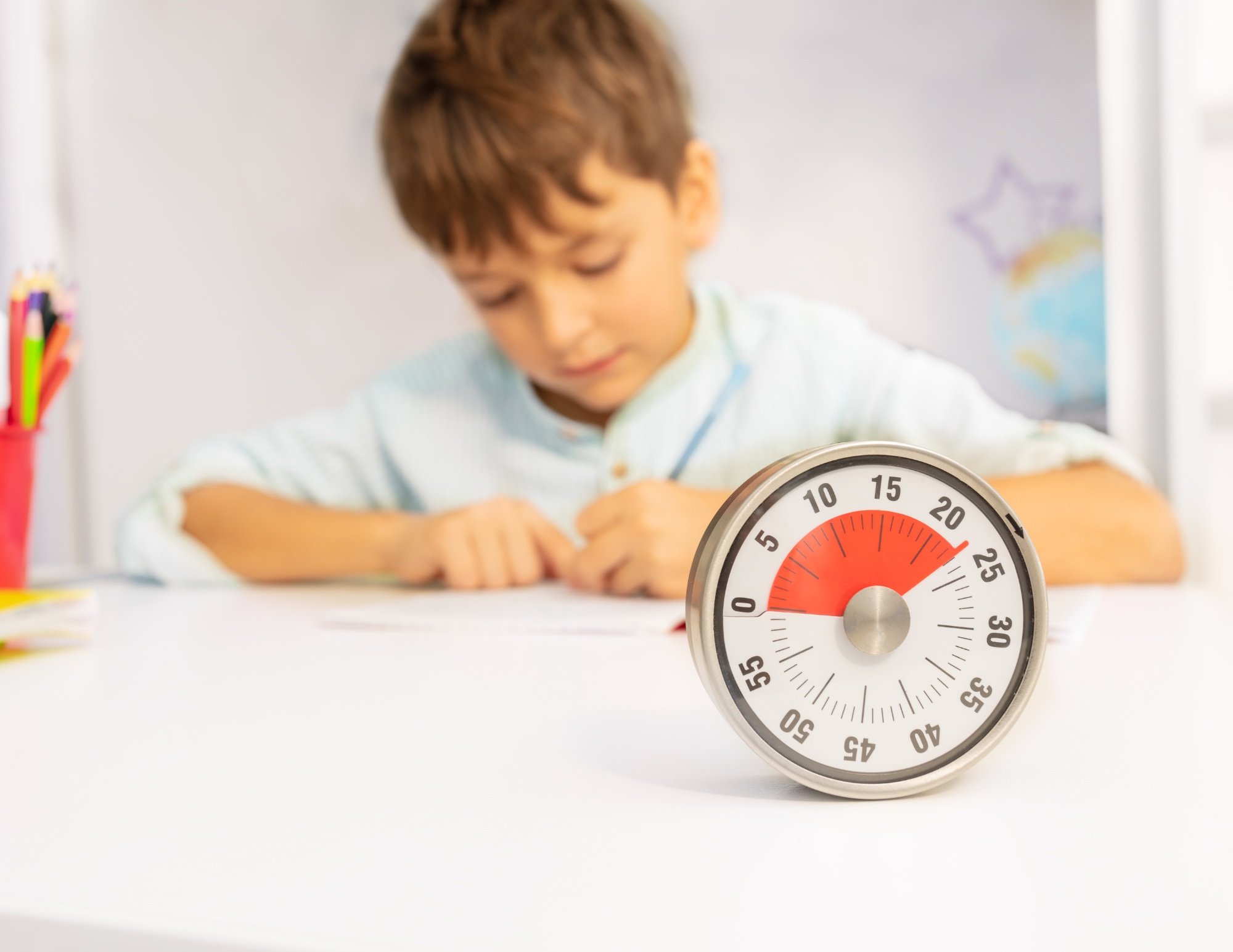Long-term academic and professional success relies on so much more than what students actually know: their ability to effectively process and manage information is critical to their success in any context. When it comes to improving this ability, it is helpful to move beyond generalized strategies to habits that are intentionally aligned with learners’ unique learning style and aptitudes. Homework, projects, and test preparation can be particularly overwhelming when students lack effective study skills or use methods that don’t align with how they learn (ie. a kinesthetic learner sitting still for hours of review without hands-on engagement or motion). A tailored approach to building these skills can transform nightly homework struggles into a manageable routine, while also significantly boosting both competence and confidence.
STRATEGY #1: THE VISUAL LEARNER
Visual learners understand and retain information best when they can see and interpret information spatially. Study methods that emphasize color, graphics, images, and visual organization - while helpful to many types of learners - are particularly effective for students with this learning style.
Mind Maps and Graphic Organizers: Instead of using traditional or chronological note-taking methods, mind maps and graphic organizers can help students visually conceptualize the connections that exist between main ideas and supporting details. Using different colors for different topics can further enhance memory retrieval.
Highlighting and Labeling: Students can strategically highlight and annotate the material, with an emphasis on written commentary and colored labels. However, highlighting is best reserved for essential terms and phrases to avoid visual overwhelm and a loss of clarity regarding what is truly important. Pictures or symbols can play a critical role in enhancing the lasting effects of any type of review. For instance, vocabulary terms and the names of key people or places can be correlated to related images to make these concepts less abstract and more experiential.
Visual Timelines: For sequencing tasks, creating a visual timeline on a whiteboard, digital platform, or large paper allows students to see the progression of events, making complex historical or literary narratives easier to comprehend and retain. It can also be helpful to emphasize the relationships between events. For example, students might examine how and why events unfolded the way they did, and explore how preceding events may have influenced later ones.
STRATEGY #2: THE AUDITORY LEARNER
Auditory learners excel when they can hear and discuss information. Their ideal study environment should prioritize sound, rhythm, and verbal repetition.
Verbalization and Recitation: Instead of reading in silence, students can read notes aloud or share the material with a friend or family member. The act of speaking the information reinforces learning more meaningfully than rote, internal repetition. Further still, making a nightly practice of talking about what they are learning during dinner can strengthen family relationships while also supporting their ability to recall and explain new material.
Recording and Listening: Recorded lectures or notes that students can then listen to multiple times can help solidify memory. Students can also create audio summaries of textbook chapters and listen to them during travel or exercise.
Group Discussion: In addition to the many benefits that are natural to collaborative learning, structured study sessions where concepts are debated or explained from diverse perspectives can offer valuable auditory input and strengthen understanding through dialogue.
STRATEGY #3: THE KINESTHETIC LEARNER
Kinesthetic (tactile) learners learn best when they are actively doing, moving, and interacting physically with new material. Effective strategies should find creative ways to incorporate motion and hands-on activities.
Role-Playing and Movement: To study vocabulary or characters, flashcards can be correlated with an action (ie. jump for an adverb or clap for a verb). Focus and retention can also be improved by moving around while reciting facts, listening to an audio of the content/text, role playing key moments, or working through challenging problems on a walk.
Manipulatives and Experimentation: For nearly any subject, using physical objects (aka manipulatives) to represent concepts transforms abstract ideas into tangible experiences. For instance, students might use blocks for algebra, build models for anatomy, or create paper cutouts for grammatical elements that can be rearranged to help illustrate the relationship between clauses, phrases, and different types of punctuation.
Personalizing how young learners approach their study skills empowers them to shift their focus away from simply completing homework to truly mastering the material through habits designed for their unique journey to success. When they reflect on their natural learning style and take action to implement strategies tailored to that, they strengthen and enhance their self-awareness, metacognitive thinking processes, and academic resilience - all essential components for lifelong learning.
Written by Brandi R.


















